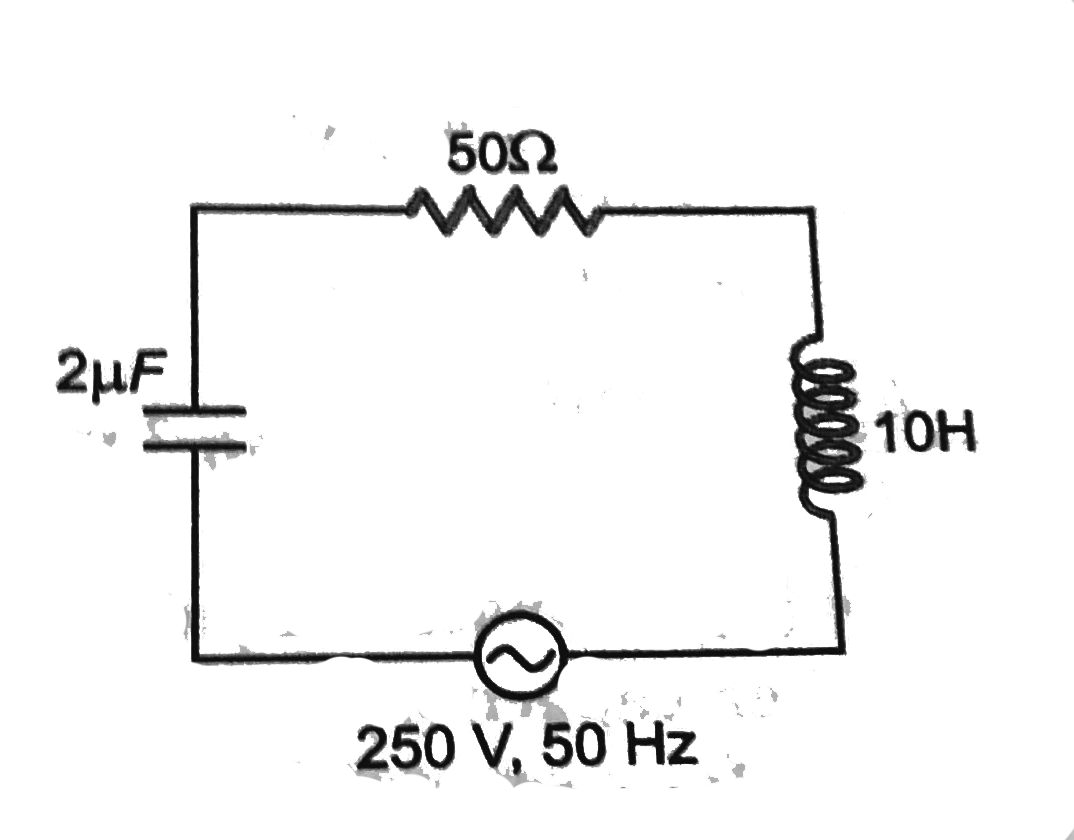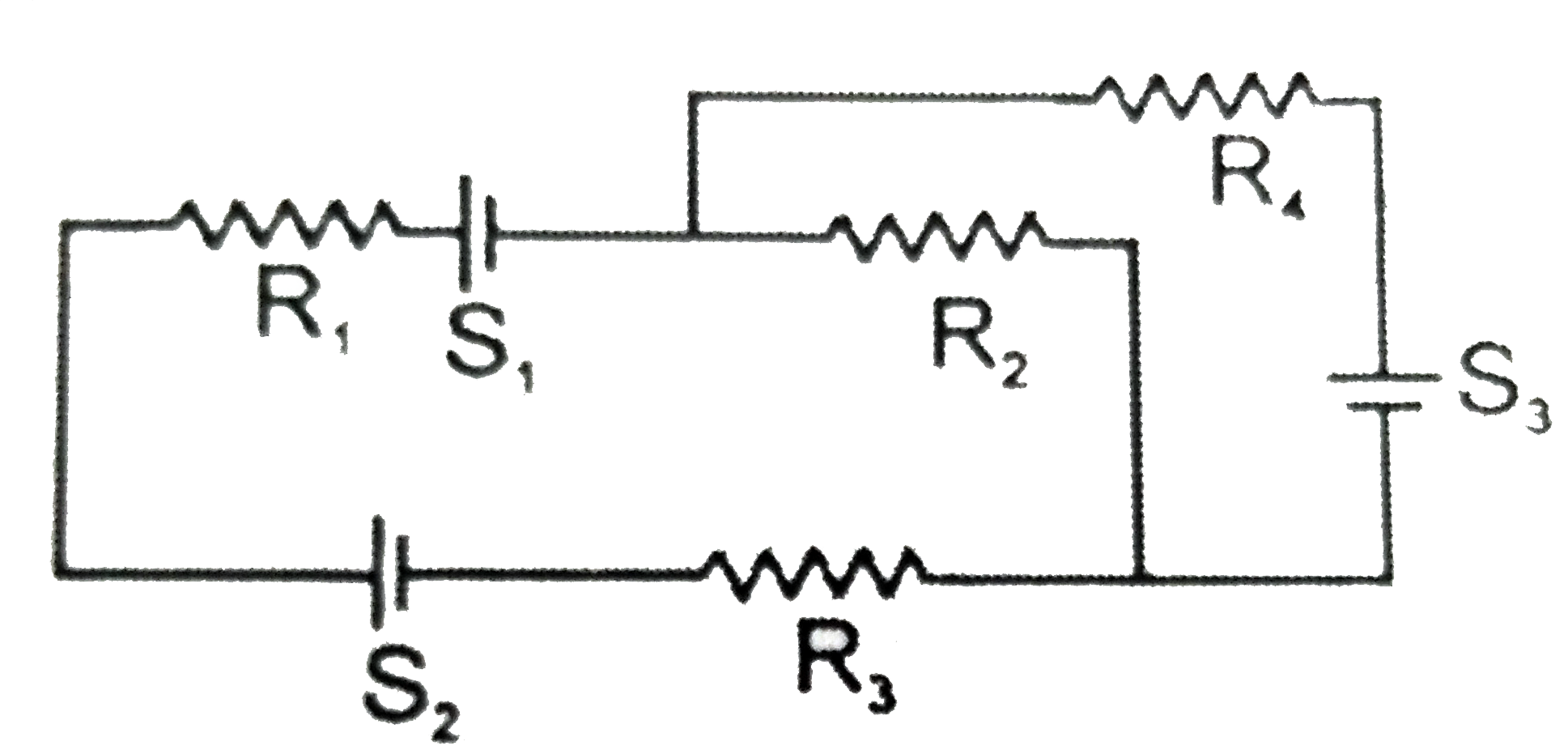All elements of an circuit are connected in series except
voltmeter
ammeter
rheostat
resistor
The correct Answer is:A
To solve the question "All elements of a circuit are connected in series except," we need to identify which component is typically connected in parallel rather than in series.
1. Understanding Series and Parallel Connections:
- In a series circuit, components are connected one after another, so the same current flows through all components.
- In a parallel circuit, components are connected across the same two points, allowing multiple paths for current to flow.
2. Identify Circuit Components:
- Common components in circuits include batteries, resistors, ammeters, and voltmeters.
3. Analyzing Each Component:
- Battery: Always connected in series to provide voltage to the circuit.
- Ammeter: Measures current and must be connected in series to ensure the current flows through it.
- Resistor: Typically connected in series to limit current or drop voltage.
- Voltmeter: Measures voltage across components and is connected in parallel to measure the potential difference.
4. Conclusion:
- Among the components listed, the voltmeter is the only one that is connected in parallel, while all others (battery, ammeter, resistor) are connected in series.
5. Final Answer:
- The element that is connected in parallel (not in series) is the voltmeter.
- In a series circuit, components are connected one after another, so the same current flows through all components.
- In a parallel circuit, components are connected across the same two points, allowing multiple paths for current to flow.
- Common components in circuits include batteries, resistors, ammeters, and voltmeters.
- Battery: Always connected in series to provide voltage to the circuit.
- Ammeter: Measures current and must be connected in series to ensure the current flows through it.
- Resistor: Typically connected in series to limit current or drop voltage.
- Voltmeter: Measures voltage across components and is connected in parallel to measure the potential difference.
- Among the components listed, the voltmeter is the only one that is connected in parallel, while all others (battery, ammeter, resistor) are connected in series.
- The element that is connected in parallel (not in series) is the voltmeter.
Similar Questions
Knowledge Check
All elements of an electric circuit are connected in series except:
AvoltmeterBammeterCrheostatDresistorAn inductor and a resistor are connected in series with an ac source. In this circuit.
Athe current and the PD across the resistance lead the PD across the inductanceBthe current and the PD across the resistance lag behind the PD across the inductance by an angle (π)/(2).Cthe current and the PD across the resistance lag behind the PD across the inductance by an angle (π).Dthe PD across the resistance lag behind the PD across the inductance by an angle (π)/(2) but the current in resistance leads the PD across the inductance by (π)/(2).An inductance and a resistance are connected in series with an AC potential . In this circuit
Athe current and the potential difference across the resistance lead the PD across the inductive by phase angle π/ 2Bthe current and the potential difference across the resistance lag behind PD across the inductance by an angle π/ 2Cthe current and the potential difference across the resistance lag behind in PD across the inductance by an anle πDthe PD across the resistance lags behind the PD across the inductance by an angle π/ 2 but the current in the resistance leads the PD across inductance by π/ 2
Give three elements X, Y and Z to be connected across an ac source . With only X connected across the ac source voltage and current are found to be in the same phase . With only element Y in the circuit the voltage lage behind the current in phase by π/2 while with the element Z in the circuit the voltage leads the current in phase by π/2 .
(a) Identify the elements X, Y and Z .
(b) When all these elements are connected in series across the same source (i) determine the power factor and (ii) find out the condition when the circuit is in resonant state .
View SolutionYou are given three circuits X, Y and Z when the element X is connected across an a.c. source of a given voltage, the current and voltage are in same phase. When element Y is connected in series with X across the source, voltage is ahead of voltage by π/4. But the current is ahead of voltage by π/4, when Z is connected series with X, across the source. Identify the circuit elements X, Y and Z.
When all the three elements are connected in series across the same source, determine the impedance of the circuit . Draw a plot of current versus the frequency of applied source and mention the significance of this plot.
View SolutionA circuit containing resistance R1 inductance L1 and capacitance C1 connected in series gives resonance at the same frequency v as a second similar combination of R2,L2 and C2. If the two circuits are connected in series, shown that the whole circuit will resonate with the same frequency.
View SolutionIn an alternaitng current circuit, resistor, inductor and capacitor are connected in series in diagram shown in Fig. Find the value of current and power foctor of the circuit

View SolutionIn our house hold electric circuit all appliances are connected in series.
View Solution


